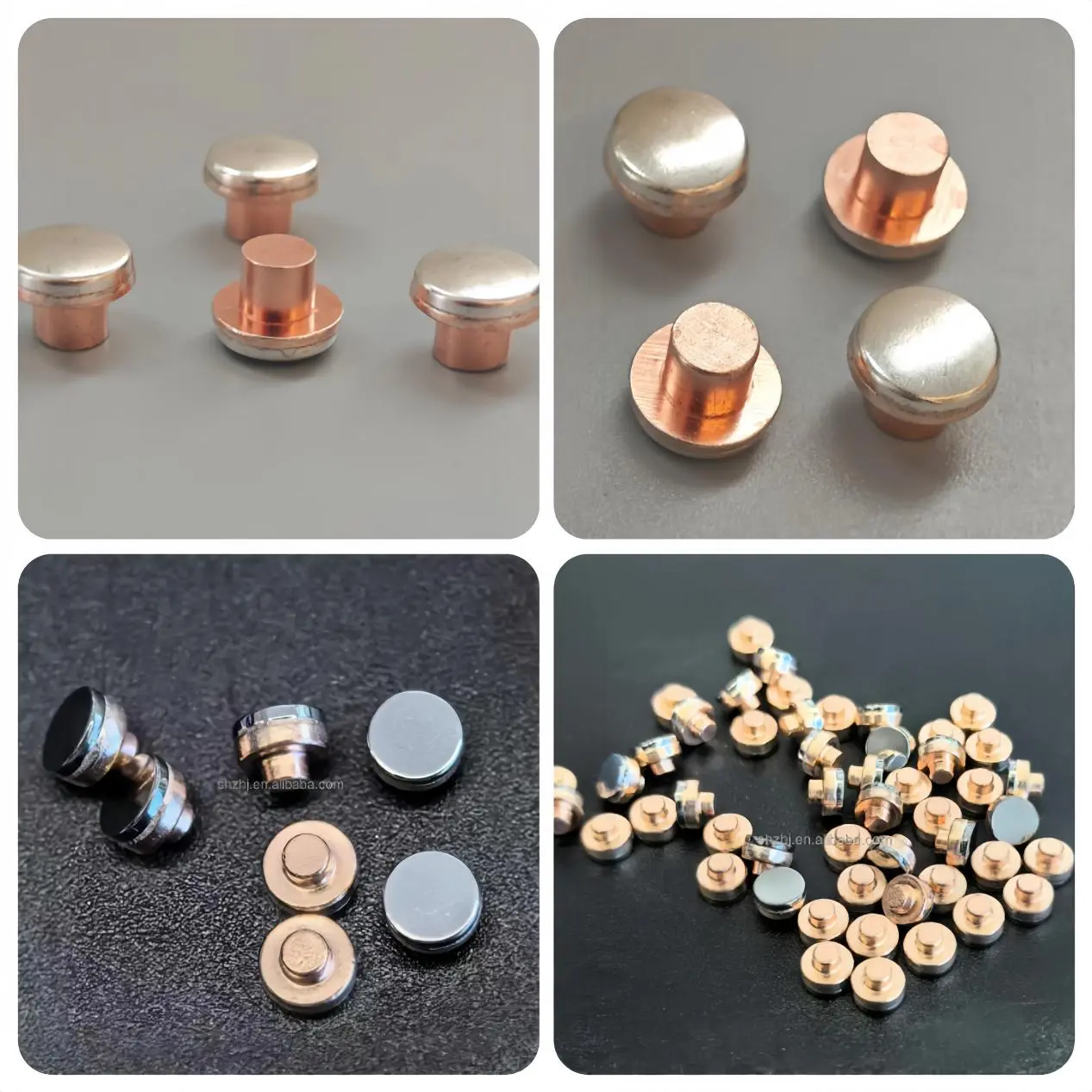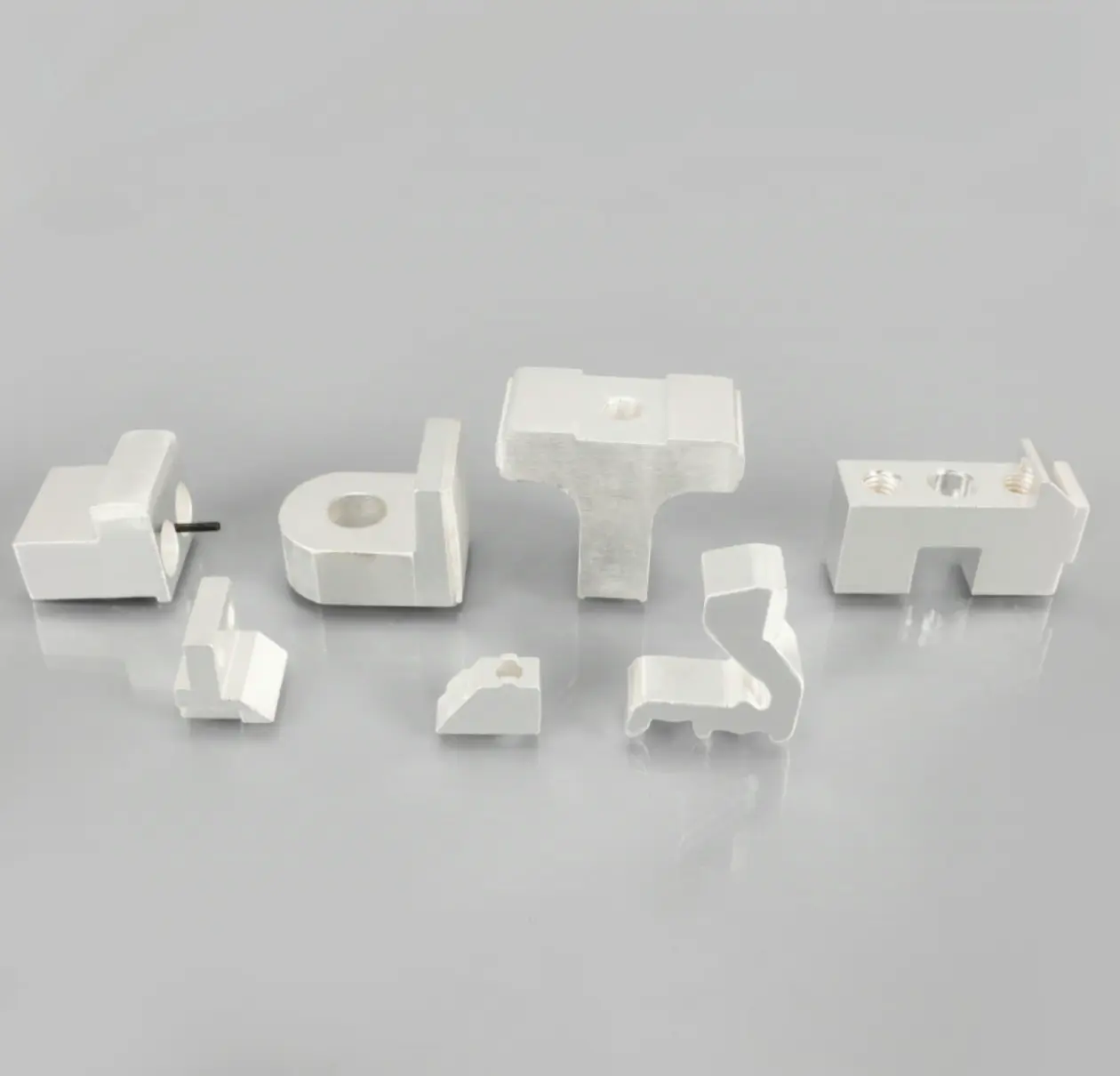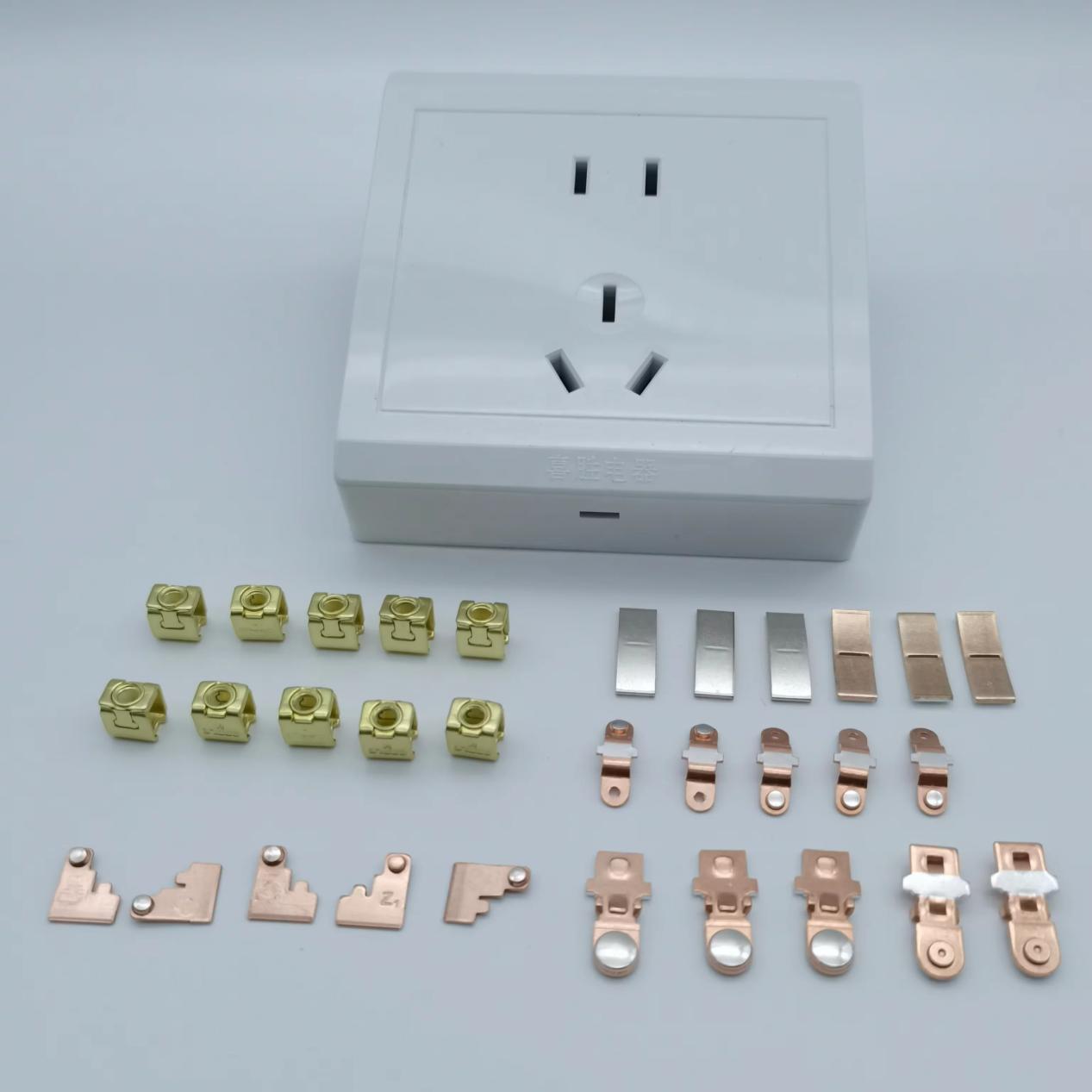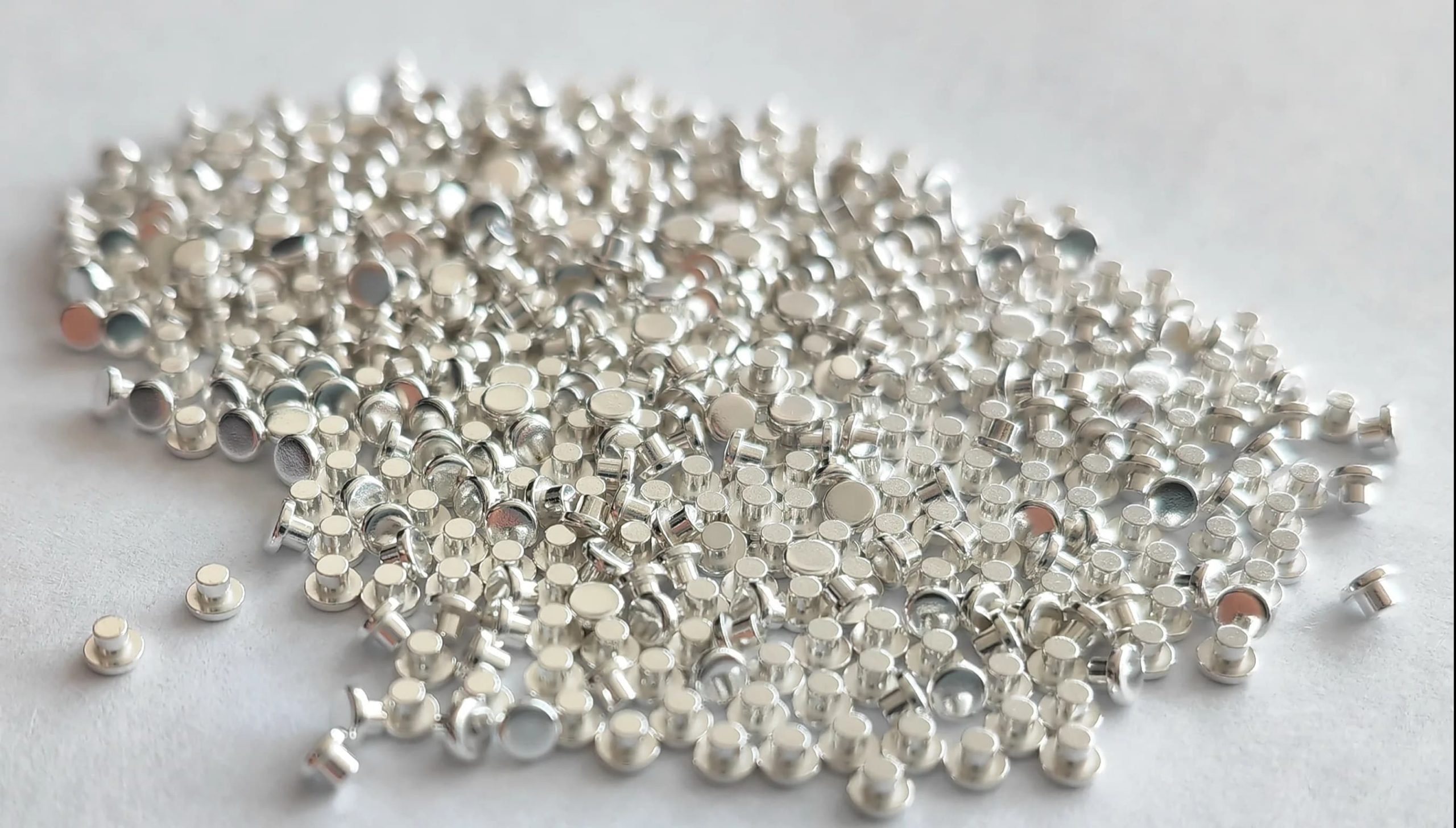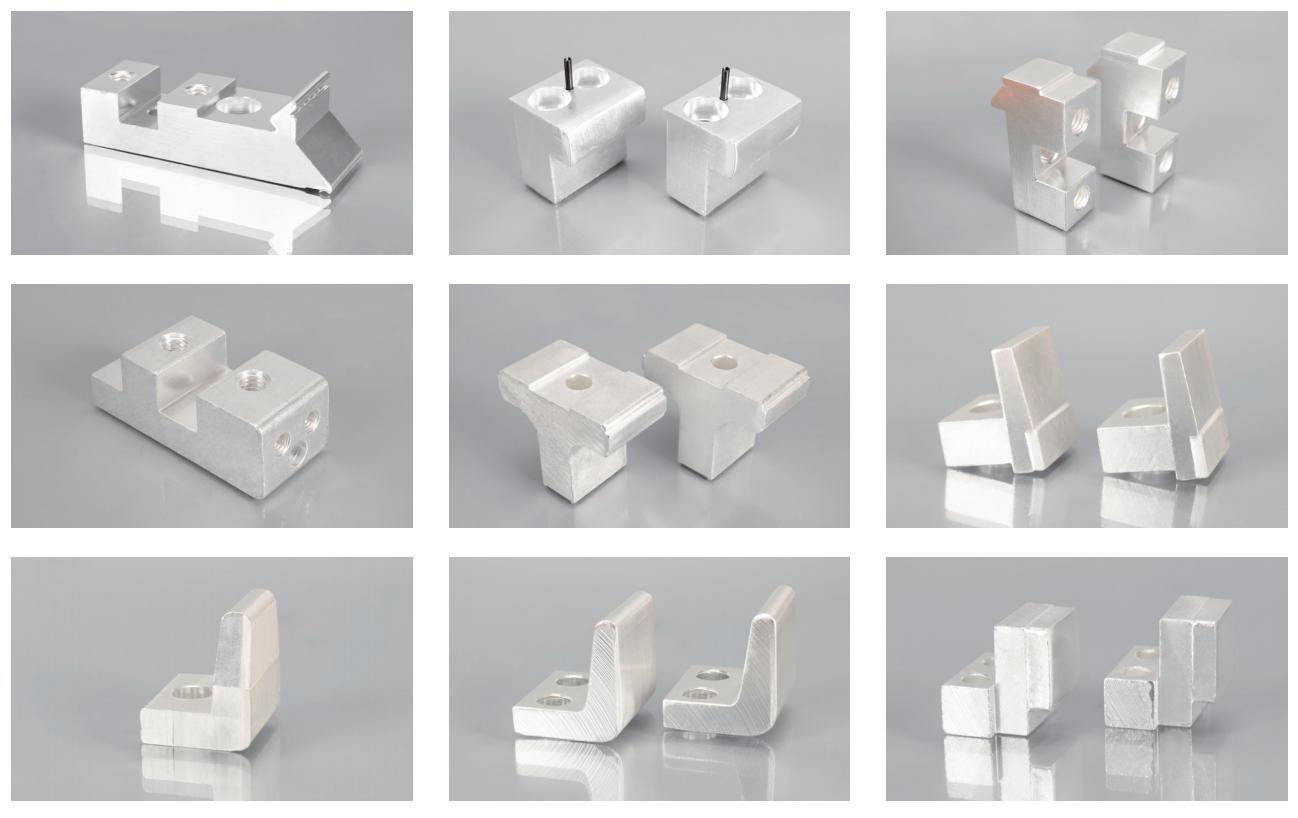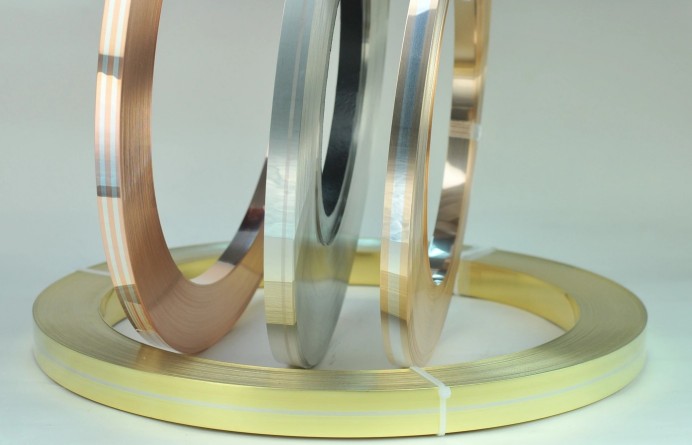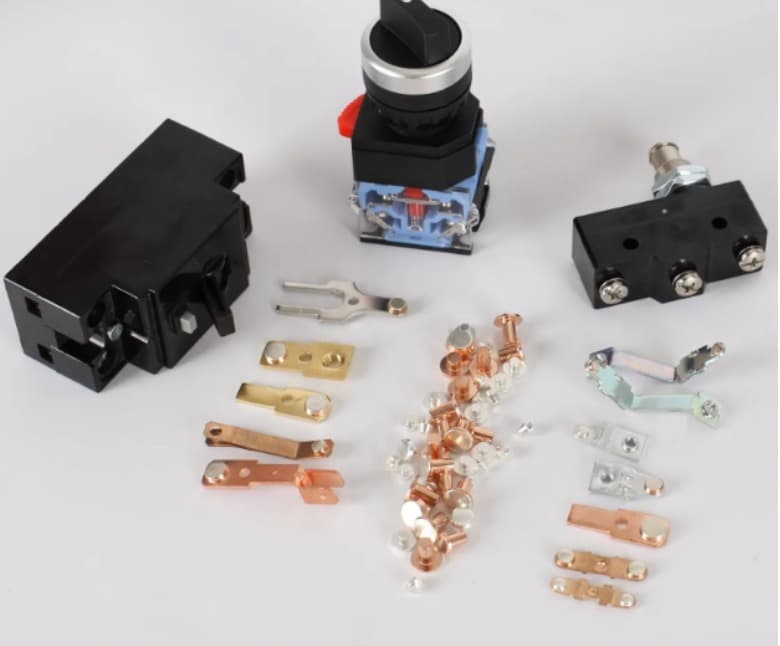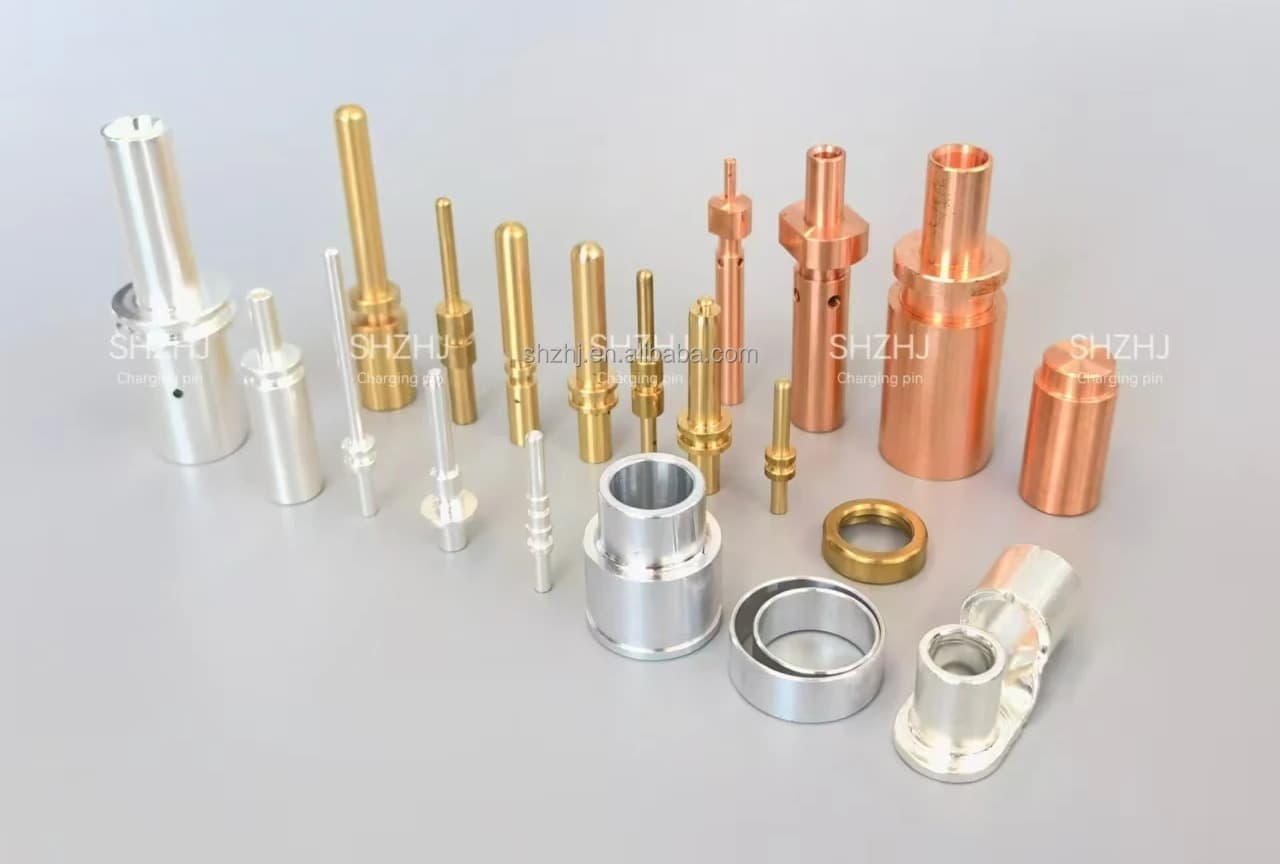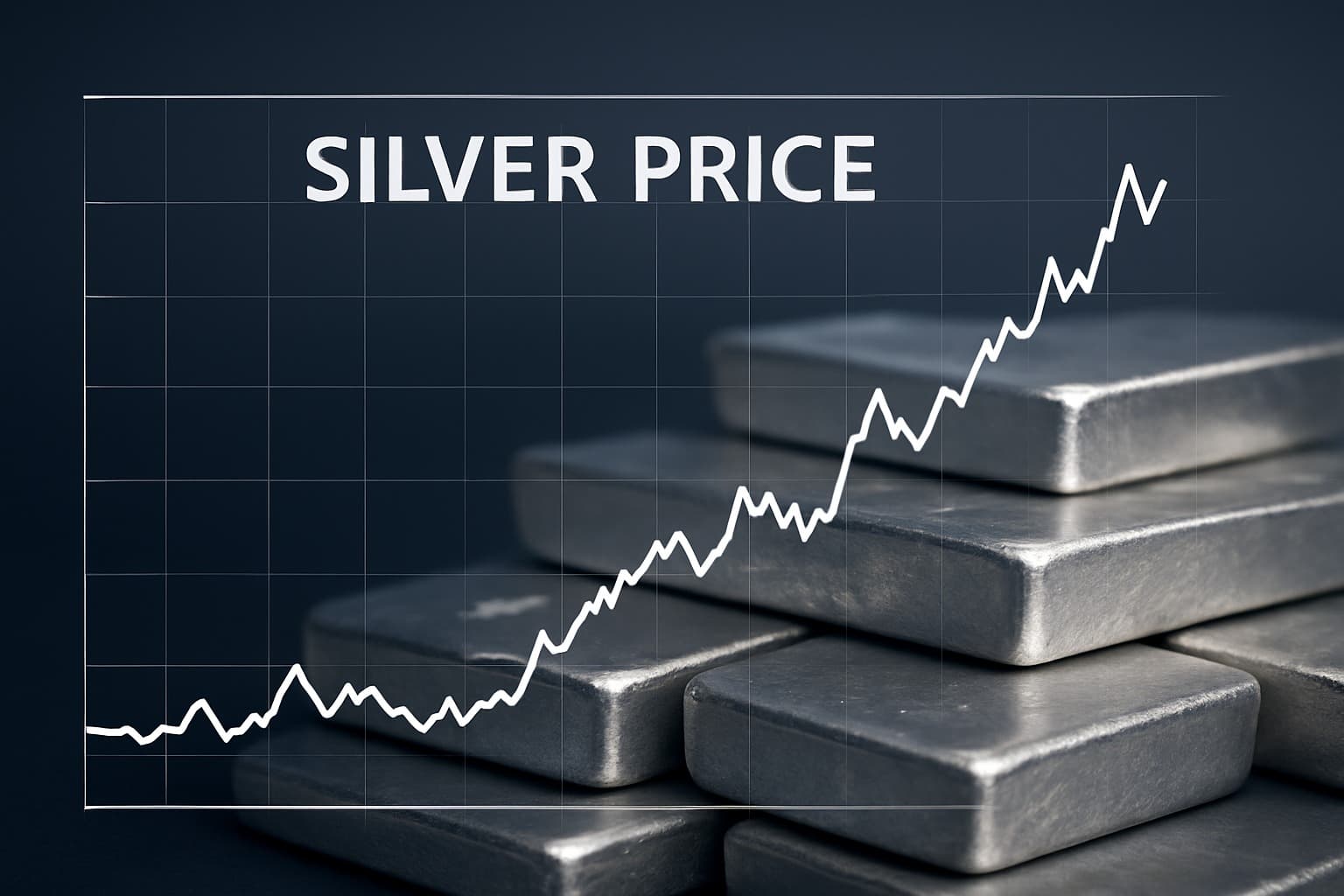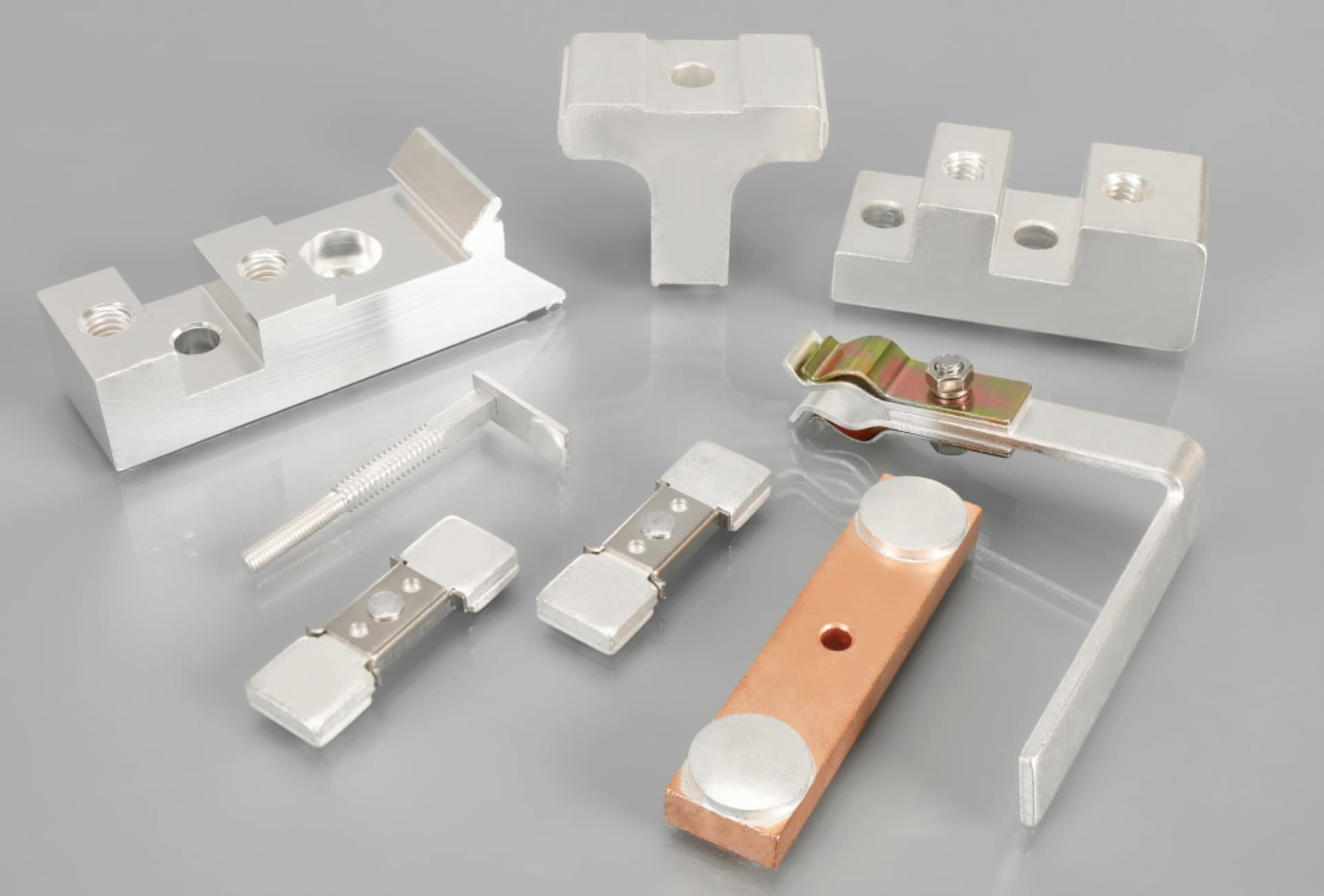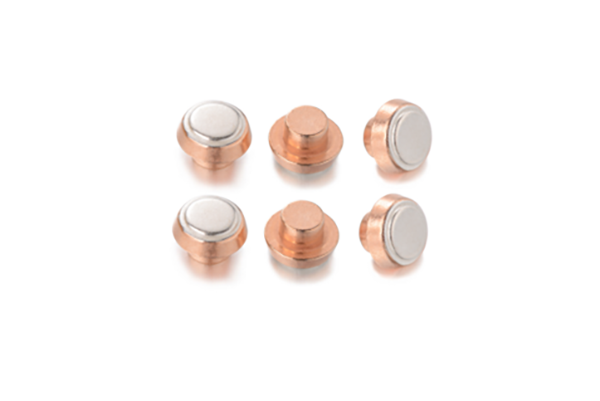-
What are copper-tungsten contacts?
Like tungsten silver contacts(WAg contact), tungsten copper contacts (WCu contacts) are highly representative tungsten contacts. Tungsten copper contacts are electrical contacts made with tungsten as the base material and copper as an auxiliary material. They are pseudo-alloy products composed of...Read more -
Product Promotion: Silver Contacts and Copper Profile Parts for Traction Motors
In the dynamic world of traction motor manufacturing, the quality of components can make all the difference. Our company takes pride in offering top - notch silver contacts and copper profile parts that are specifically designed for traction motors, ensuring high - perfo...Read more -
Common contact materials for relays
AgNi contacts: Silver-nickel alloy contacts are a widely used environmentally friendly material with excellent electrical and thermal conductivity and high ablation resistance, making them particularly suitable for controlling resistive loads. However, they have poor surge current resistance, whi...Read more -
Can Tungsten Replace Silver Alloy Materials?
Current silver price increase a lot. Some company is trying to find a replace material to reduce the cost. So this topic is to discuss in what application filed can tungsten replace silver alloy materials. Due to its unique properties, tungsten can serve as a substitute for silver a...Read more -
Unleashing the Power of Silver Contacts in Rail Transit: SHZHJ’s Innovative Solutions
In the dynamic world of rail transit, where safety, efficiency, and reliability are paramount, the role of high – quality electrical components cannot be overstated. Among these, silver contacts stand out as a crucial element, and SHZHJ is at the forefront of providing top – notch sil...Read more -
Silver price growth trend and its impact on the electrical contact industry
Since 2025, the sustained rise in silver prices has become the focal point of the precious metals market. As of October 16, London spot silver traded at $52.982 per ounce, while Shanghai spot silver (T+D) reached 12,088 yuan per kilogram—marking a year-to-date increase e...Read more -
Different functions of contact materials with different characteristics
Relay contacts are available in a variety of metals and alloys, sizes, and styles. When selecting electrical contacts, it’s important to consider the material, rating, and style to precisely match the requirements of a specific application. Failure to do so can lead to contact problems or e...Read more -
Materials and Selection for Automotive Connector Pins
The materials and selection for automotive connector pins require comprehensive consideration of factors such as electrical performance, mechanical strength, environmental adaptability, and cost. The following provides a detailed introduction: Commonly Used Materials 1.B...Read more -
Why Is Silver Price Rising and What Lies Ahead?
Recently, global silver prices have been climbing steadily, once again becoming the spotlight of the precious metals market. Following gold’s rally, silver has also entered a strong upward trend, drawing wide attention from investors, manufacturers, and the new energy industry. Why Is Silver Pric...Read more -
Reliable Railway Switchgear Contacts: Your Trusted Partner for EMD/GE Locomotive Spare Parts
In the dynamic landscape of railway operations, the reliability of locomotive components directly impacts safety, efficiency, and operational continuity. Among these critical components, electrical contacts for railway switches—specifically designed for EMD (Electro-Motive Diesel), GE (General El...Read more -
Relay Electrical contact material selection – AgCdO
At the heart of relays, a small component—the electrical contact—plays a crucial role in determining the overall performance and lifespan of the device. Faced with a dazzling array of metals, alloys, sizes, and styles, selecting the most appropriate contact for a specific application has become a...Read more -
Application of Silver Alloy Rivets in Relays
In the relay field, silver alloy rivets are key components to ensure performance. With their excellent conductivity, arc resistance and mechanical strength, they are suitable for different types of relays. In addition, three forms of rivets, namely solid rivets, bimetal ...Read more
Welcome to our website.

